The Income Tax Department has been progressing in technology since the year 2006, when the E-filing of Income Tax Return forms was introduced and since than there is no looking back. Right from Income Tax return forms to the recent and newly proposed Faceless Appeals process, the Taxman has come a long way to be tech savvy and productive.
The E-assessments were first launched on pilot project basis in the year 2015 and it has taken off from being the optional procedure to becoming the mandatory process for conducting assessments and has changed the face of litigation forever. Moving on from E-assessments, now Faceless assessments have been churned, the first year of faceless assessment is ongoing i.e. AY: 2018-19 and the deadline for the same has been extended upto 31st March, 2021 owing to covid situation. Hence, we are yet to know the outcomes of the first faceless assessments concluded.
There is need for professionals also to honer their skill sets to march along with the changing scenarios. In this article, I have made a humble effort to cover the essence of drafting of submissions and appeals and how it is the most relevant skill to be developed in current times and the ways and meansin which one can move towards that direction.
Drafting is an art and there is no perfect answer to what is correct way to draft a legal document or submissions made before authorities. Good legal writing forms foundation for effective communication and is a necessity in the faceless governance. One should always keep in mind that if the reader perceives the document in the exact same manner in which the writer wanted to communicate, that way of writing is perfect and the object is achieved.
Reasons as to why Effective Drafting is essential:
1. Income Tax Returns are electronically filed and there may be some times, that some kind of information is not possible to enter in the return, also no documents can be furnished with the return.
2. Faceless Assesssment Scheme enables a complete face less and jurisdiction less enabled procedure and the entire process shall happen through E-filing portal on the income tax india.efiling.gov.in. Video conference facility shall be available in relevant cases.
3. There will be almost negligible personal interaction between the assessee and the AO while conducting the assessments and therefore assessee will not be at liberty to explain the case or matter physically and traditionally.
4. The Govt has announced Faceless appeals , the procedure is not yet enacted however taking from the nomenclature, it shall be the appeals wherein the assessee and the first appellate authority would not have personal interaction.
5. The written submissions made before AO and CIT(A) shall be the only plea before the authorities and what is written will be documented and shall be conclusive. Hence it becomes pertinent to write the way one thinks and wants to convey those thoughts to the authorities in the same manner.
So now as we know that drafting is essential and based on how well the document or submission is drafted that shall determine the fate of the assessment or appellate order. Now, let me share some basics of drafting the submissions before Income Tax Authorities.
General Principals of Drafting submissions:
1. Writing should be as simple as possible. A well written document makes a complex situation also easy to read. The best checkpoint is, can a layman understand at least the basic pretext of the document? If the answer is yes, then the drafting ought to be correct. Avoid use of heavy jargons unless confident of the usage of same.
2. Be precise and maintain brevity in legal submissions. Repetition of same arguments again and again at different places in submissions does not serve the process at all, rather it irritates the reader. Do not try to make submissions long, but make the submissions effective with fewer words. Avoid use of long sentences as that makes it too tedious for reader to read and think.
3. Be grammatically correct always while drafting. Presentation of submissions speaks a lot about the draftsmen. Correct punctuations, font size, spellings, use of words, paraphrasing and numbering plays an important role in better presentation. Do not stress much to make it fancy, being accurate and neat is essential.
4. Prepare an outline of the document to be written. Put down all thoughts on paper initially and then try to elaborate them one by one. Decide the order of writing based on relevance and priorities. The essential points or arguments should always be at the top and gradually move on. Every new point should be started with a paragraph and conclude yourself before moving on some totally different argument set.
5. Always Re-read your draft.The first draft is always for putting all thoughts on the paper, however once that is done, read the submissions before sending it out. This enables corrections and establishes a better flow. Editing skills is most essential to become a good writer.
6. Tone used should be accurate. Yes, you are reading correct, tone is not only for speaking but also when you write. I have covered this point, especially as this article stresses on writing before govt. authorities. The drafting should always be respectful and never be arrogant in the way you write. Avoid use of aggressive words, however one should also strike a correct balance between being polite however firm at the same time. This is an art to have an impactful representation without using strong or rude words.
Now, let’s move on to be more specific drafting and see the do’s and don’ts of drafting for assessments, appeals etc.
Practical Tips of drafting submissions before Assessing Officer:
Submissions made before AO are most critical submissions in the litigation process. This is the first written submissions made by the assessee and therefore, I cannot emphasize more the relevance to mention correct and clear factual details. Unfortunately, it’s the most neglected stage of drafting and most of the time that leads to increased litigation process. Correct representation before the AO, at several occasions aid in better reliefs and speaking orders.
- Start by stating all undisputed facts of the case
- Put forth your arguments for each and every issue raised by the AO
- Co-relate your contentions with the documents filed.
- Support your arguments by quoting relevant case laws- only if absolutely required.Avoid referring to several decisions at a time. If a decision by the Supreme Court or the jurisdictional High Court is available regarding the issue, refer to that.Facts should be clear, judgements can follow.
- Reply to show cause notices should be exhaustive and elaborate.
- Do not hide any relevant facts.
- Be consistent in your submissions.
- Language shall be simple lucid and upto the point.
- This is the first submission and one has to be very careful in facts reproduced before AO.
- All the submissions should be dated, should mention the basic details of clients like PAN, assessment year, and should mention specifically the notice against which, assessee is responding.
- If attachments are made with the written submissions, please mention the page number and annexure no in the written submission, cross referencing is essential.
- Long written submissions and notes should be page numbered.
- All the submissions should be written on covering letter which should be dated, signed and stamped wherever necessary and the list of details annexed should be in the covering letter.
- Always maintain continuity by making reference to last letter or hearing.
- Verifications and fundamental factual details or declaration better to be drafted on letter head of assessee.
Practical tips of submissions made before CIT(A):
Commissioner of Income Tax (Appeals) are the first appellate authorities. Drafting at this stage is more legal and refined. Apparently, in most of the cases, this is the last opportunity to provide an exhaustive written submission. Income Tax Appellate authorities normally does not ask for written submissions and hence this stage i.e. before CIT(A) is utmost relevant to produce elaborate submissions considering facts and legal precedence.
- Belief in the case is vital. If one does not trust the assessee and his views, that shall depict in the submissions and drafting. Conviction can be portrayed only when the person who drafts confides in it.
- Be thorough with the assessment order and facts and also the procedure before CIT(A).
- Collect all evidences and documents and submit before authorities as additional evidences before ITAT is difficult to establish.
- Always accompany the written submissions with paper book of documentary evidences.
- General facts of the case and assessment history needs to reproduced first.
- Specific facts to each grounds to be written with submissions.
- Submissions should first mention facts and then judicial reference.
- Previous assessment years history if relevant to be mentioned.
- Submissions to be made grounds wise and without prejudice submissions to follow the main ground.
- One needs to clear and bifurcate between additional grounds and additional submissions.
- Any new facts to be given in form of additional evidences.
- Make specific comments and submissions towards AO’s allegations
- Formatting and presentation is imperative.
- Sequence your arguments from best to less weighted.
- Perfect balance of writings- should be firm but at the same time notabusive.
To summarise, drafting is a skill and can be developed only by practicing it. The more one interests herself with the intricacies, the better she will become in the process. Good writing can reflect the intentions and perceptions of the writer clearly and avoids or reduces complications. Effective drafting is not using flamboyant language but it is the combination of extensive research about the law, knowing the distinct facts, learning on what not to write or disclose and being crisp and expressive at the same time. There is no common yardstick to drafting and what the article speaks is general understanding based on my experience however, specific situations may result an exception to general rules. I would conclude by saying, good drafting is all about expressing yourself and making the reader understand the same thoughts as the writer perceives. It is one continuous journey to keep learning, growing and evolving.
*****





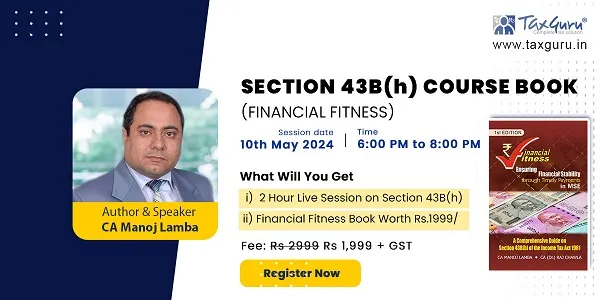



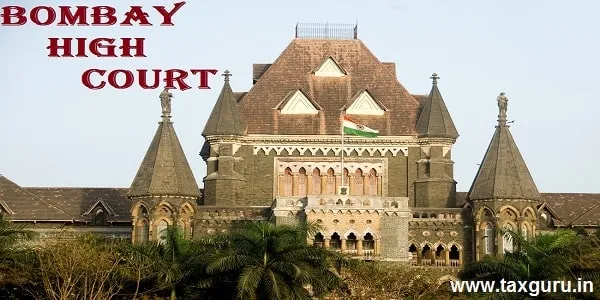




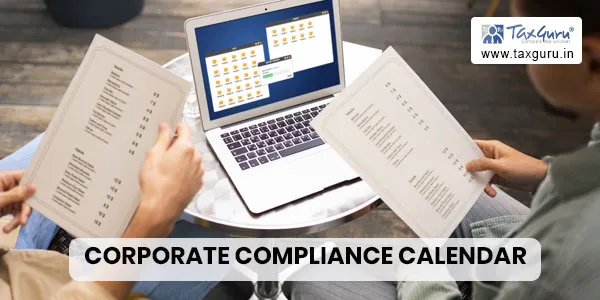





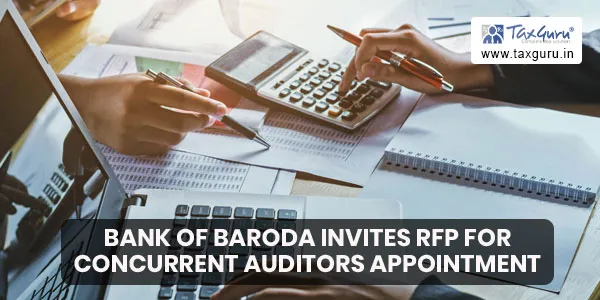
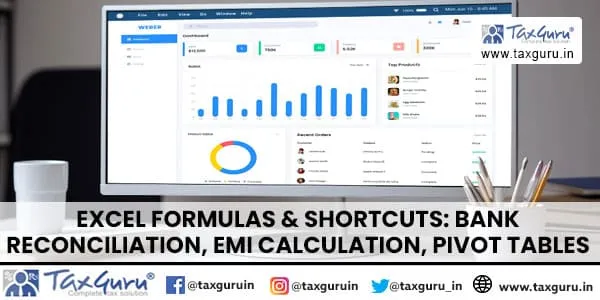
The article is an expression of the skill of the author.. it becomes useful when practical issues are dealt in, like, submissions in high pitched asssessments.
Just came across this article on drafting skills to be followed while drafting any submissions at first level and second levels. It is really meticulously narrated as well as summarized which can act as base for any new advisor in litigation management. Congrats for writing and penning such an article for the right readers
Very well thought out timely advice precisely written. I request the author to keep updating as and when situation arises in the “Faceless Assessment” procedures.